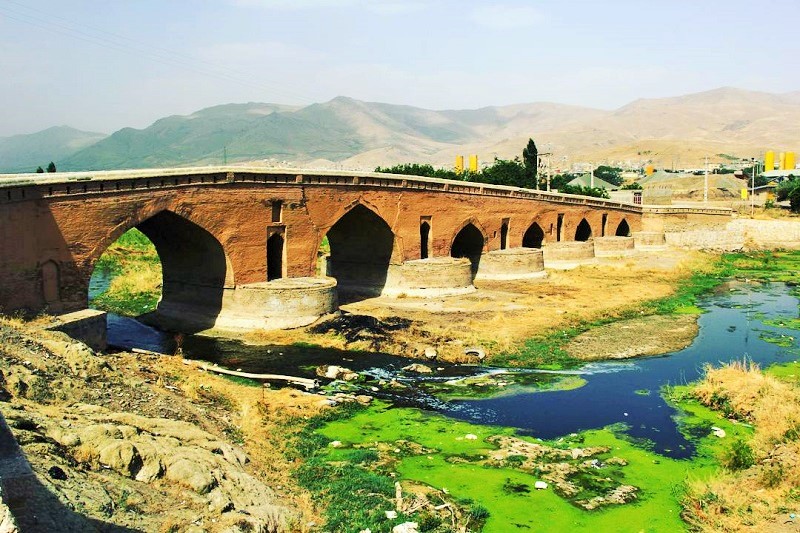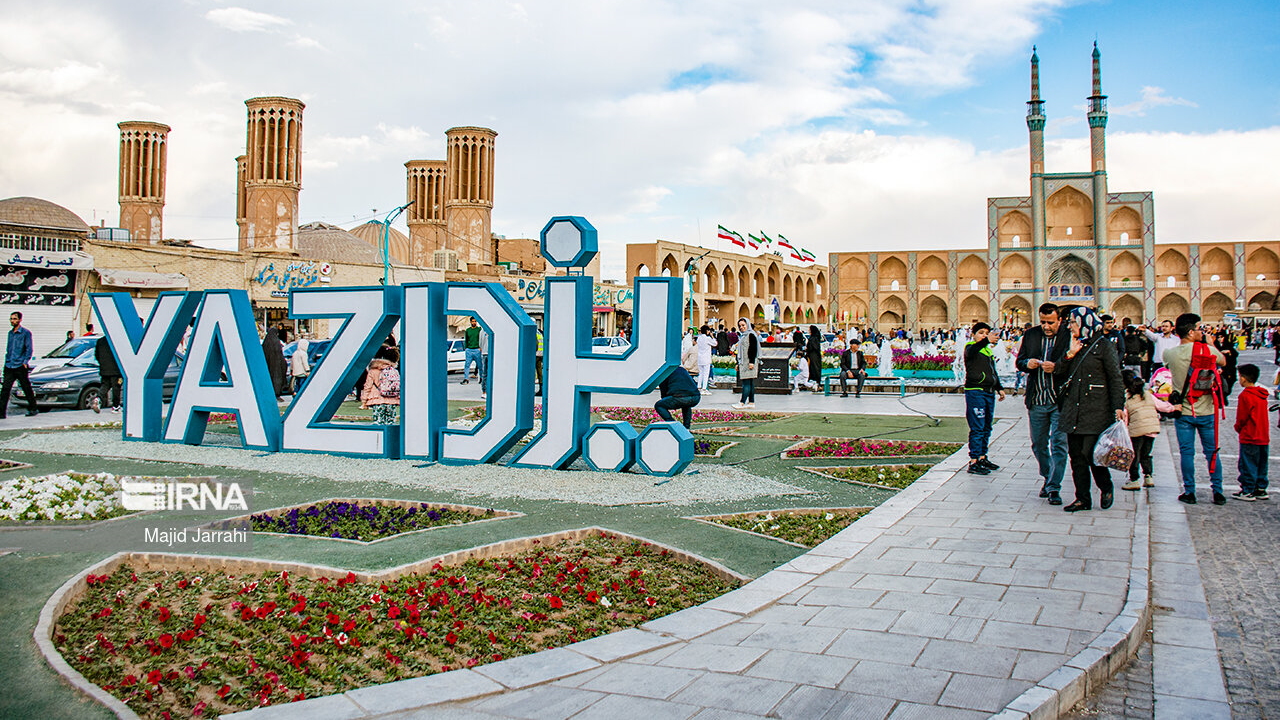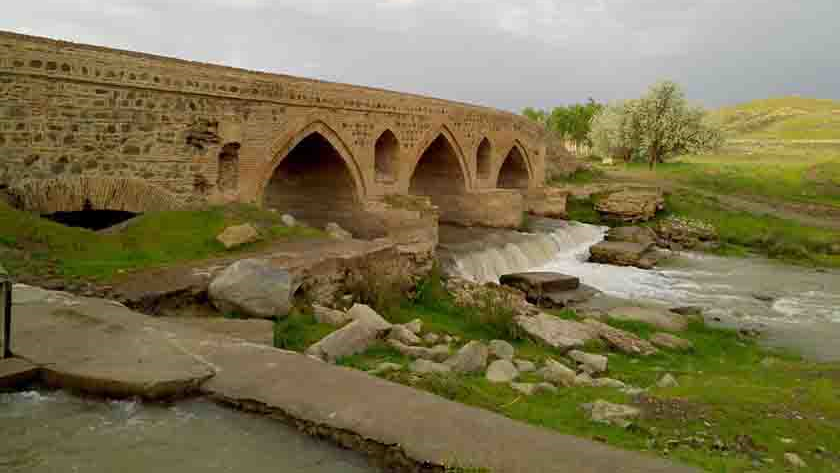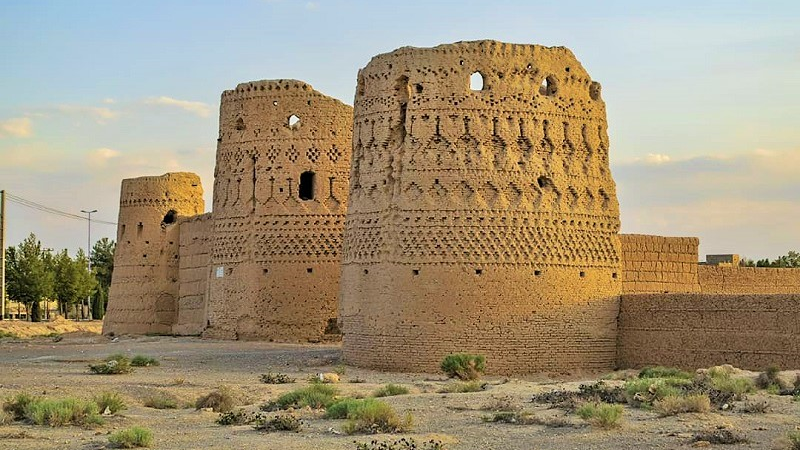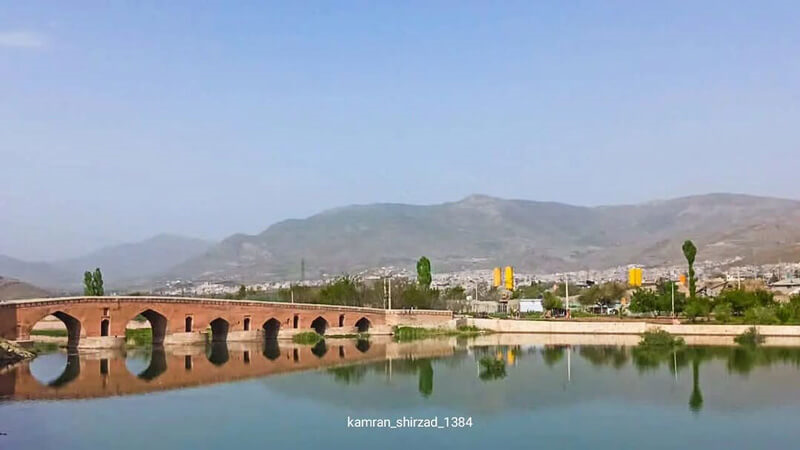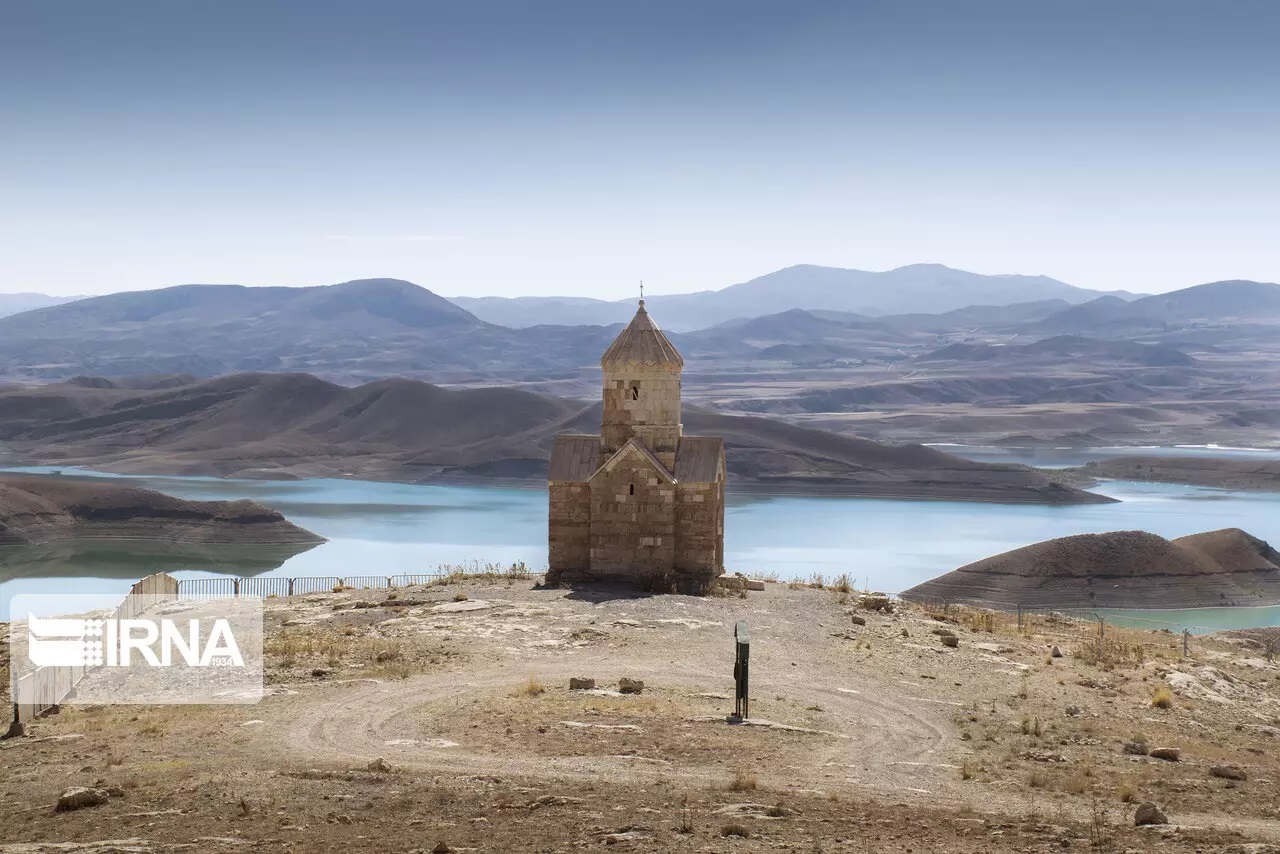Pomegranate: A Delicious and Distinctive Fruit

Ābān, the Season of Pomegranates in Yazd
If you plan to travel to Yazd in Aban (late October to early November), congratulations on your excellent choice! You’ve not only picked a wonderful destination but also the perfect time of year to visit — when Yazd enjoys its best weather. Even more delightful, this is the season when Yazd’s juicy pomegranates are ripe and ready to taste, ready to amaze you with their sweet and tangy flavors!
Pomegranate is a unique fruit that grows on small trees—though in some varieties, the trees can reach over five meters in height. Its seeds may be ruby red or pale white, and sometimes a blend of both. The pomegranate tree has a long lifespan, and while some varieties bear no fruit, they are still cultivated for their beauty and shade. Although pomegranate trees grow naturally in a wide region stretching from the Himalayas to Turkey, the finest varieties are found in Iran. With an annual production of over one million tons, Iran ranks among the world’s top producers of pomegranates. More than 91,000 hectares of orchards across the country are dedicated to this fruit. The harvest season for different varieties begins in mid-September and continues until late November. This fruit holds a special place in the hearts of Iranians and has even found its way into ancient myths and legends. Iranians regard the pomegranate as a heavenly fruit and treat it with reverence. In ancient Persia, it symbolized fertility and abundance, as a single fruit contained hundreds of seeds — each one capable of growing into a new tree and producing thousands more. The tradition of placing pomegranates on Yalda Night tables (the celebration of the year’s longest night) also dates back to antiquity and reflects this deep symbolic meaning.
Every part of the pomegranate tree — from its fruit and peel to its roots, seeds, leaves, flowers, and bark — is believed to have healing properties and has long been used in traditional Iranian medicine. The unique shape of the pomegranate blossom, resembling a fire altar, is thought to be one reason it was considered sacred among Zoroastrians. The symbol of the pomegranate flower can even be seen in the carvings of Persepolis. Mystics, too, regard the pomegranate as a manifestation of unity within multiplicity: its wholeness, despite being composed of countless distinct seeds, is seen as a reflection of the structure of existence itself.
Unique Qualities of Yazd Pomegranates
The wide cultivation area and the great diversity of pomegranate varieties in Yazd reflect the region’s long history and the deep-rooted agricultural knowledge of its people. Each hectare of land in the province yields between 10 and 15 tons of pomegranates, though production levels as high as 50 tons per hectare have also been recorded. In recent years, despite widespread droughts, Yazd’s orchard farmers have managed to improve both the yield and quality of their crops by applying modern farming techniques and effectively controlling damaging factors.
In general, the pomegranate is a tropical and subtropical fruit that is considered native to Iran. Farmers believe that the greater the temperature difference between day and night, the better the quality of the pomegranate—an advantage especially notable in Iran’s desert regions. However, this same temperature fluctuation can also pose risks to the crop, such as causing fruit cracking, which makes the pomegranates more susceptible to a pest known as the pomegranate heartworm (Ectomyelois ceratoniae). Over centuries, farmers have learned to manage these challenges: some varieties are harvested before full ripeness, while others—those that ripen later—are protected by removing cracked fruits to prevent pest infestation. A portion of Yazd’s pomegranate production is exported, while another portion is used for processing into products such as pomegranate paste, spice powder, and concentrate.
During the pomegranate harvest season, various cities across Yazd Province host festivals celebrating this cherished fruit. These events serve as a thanksgiving ceremony for the harvest, reflecting a modern continuation of ancient traditions rooted in local beliefs and customs. Although visiting Yazd and exploring its remarkable historical attractions is an unforgettable experience on its own, timing your trip to coincide with the pomegranate season adds a special flavor—literally and figuratively. Strolling through the lush pomegranate orchards and savoring the distinct taste of Yazd’s pomegranates makes the experience even more memorable and delicious.
| Name | Ābān, the Season of Pomegranates in Yazd |
| Country | Iran |
| State | Yazd |
| City | Yazd |
| Type | Natural |
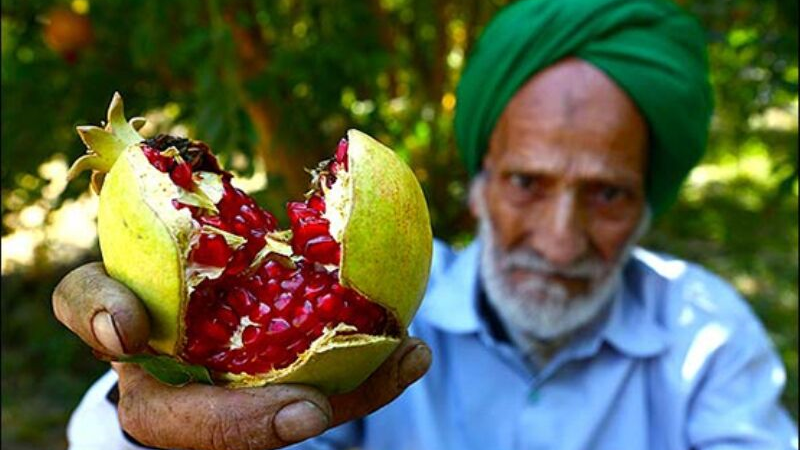
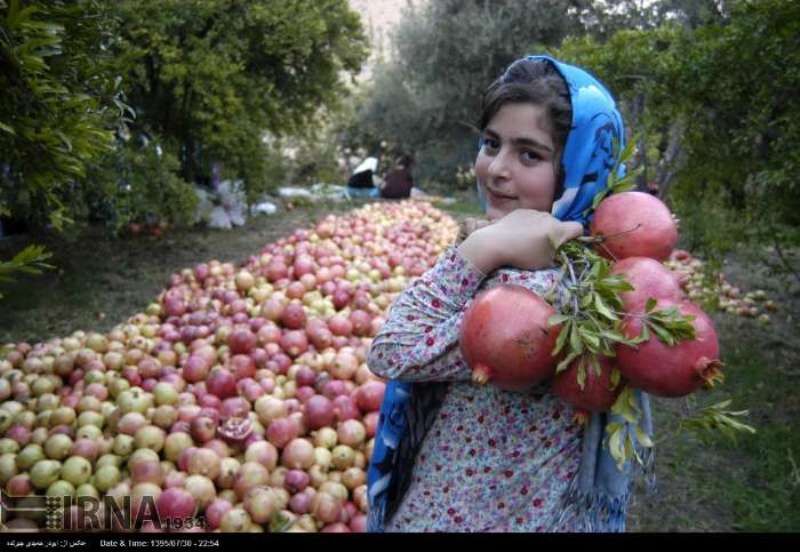
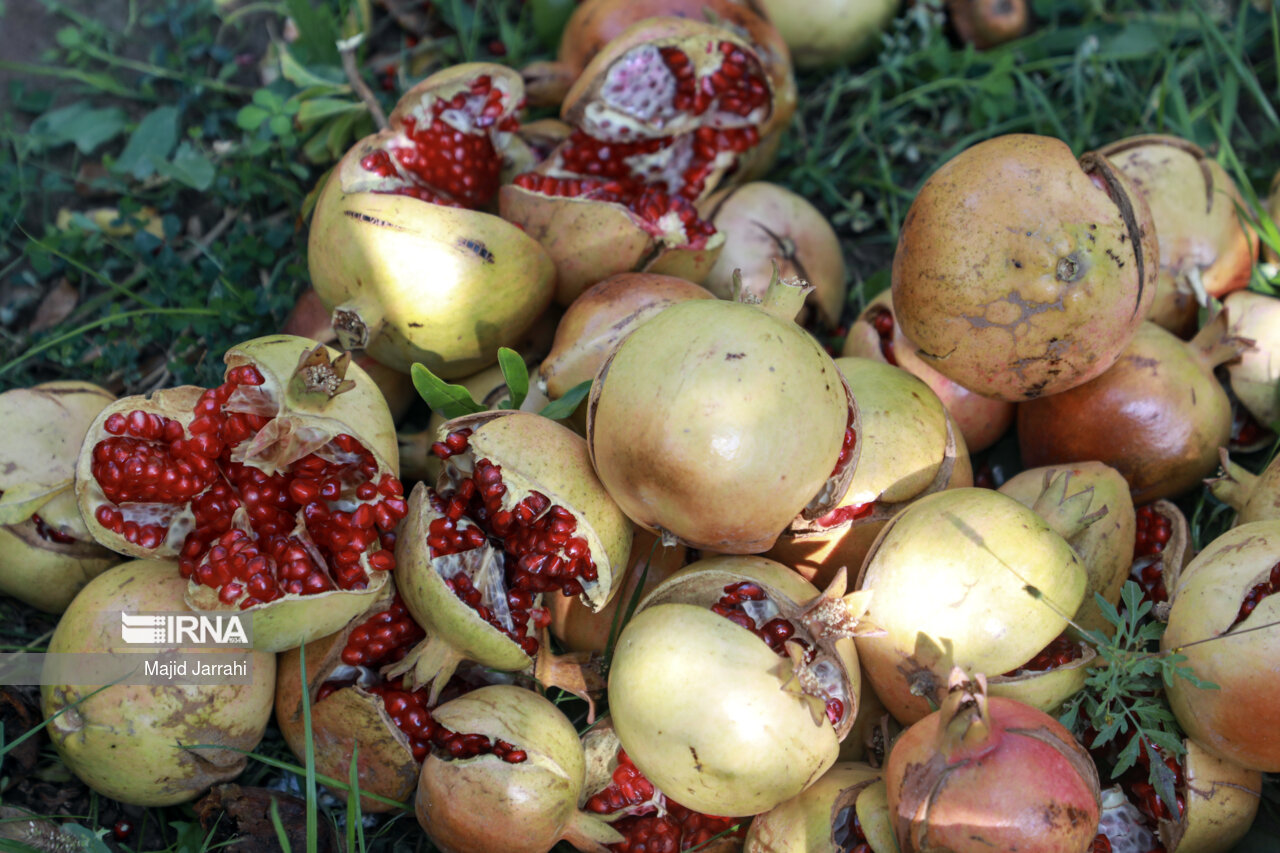
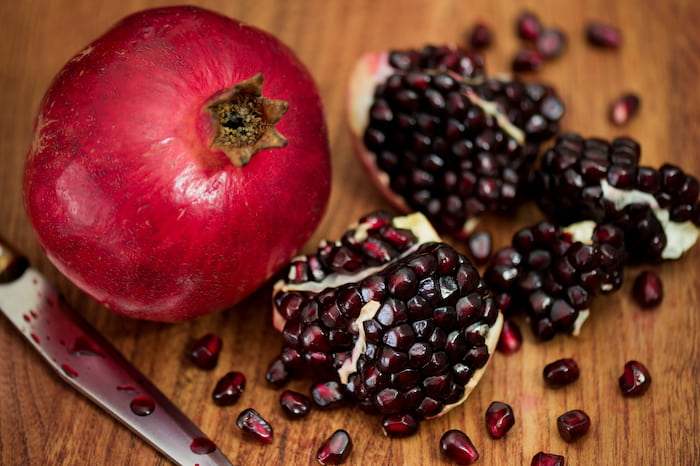




Choose blindless
Red blindless Green blindless Blue blindless Red hard to see Green hard to see Blue hard to see Monochrome Special MonochromeFont size change:
Change word spacing:
Change line height:
Change mouse type:

